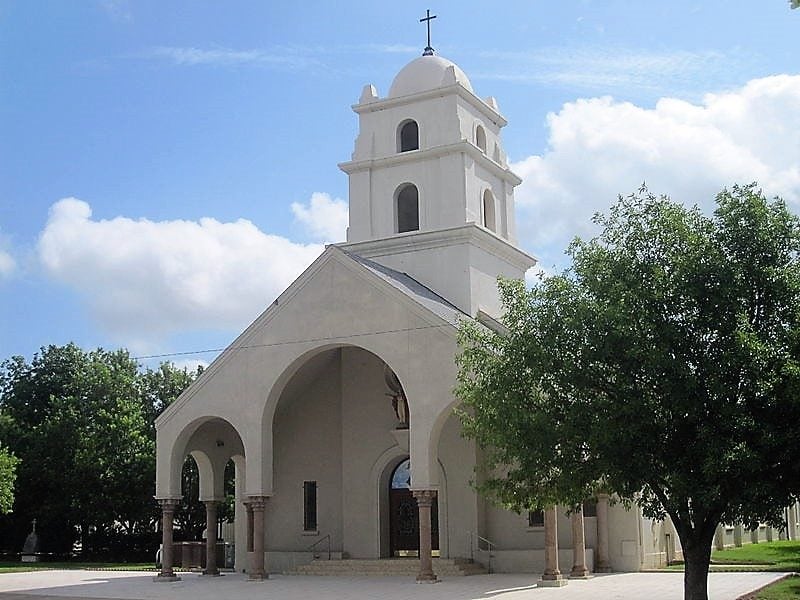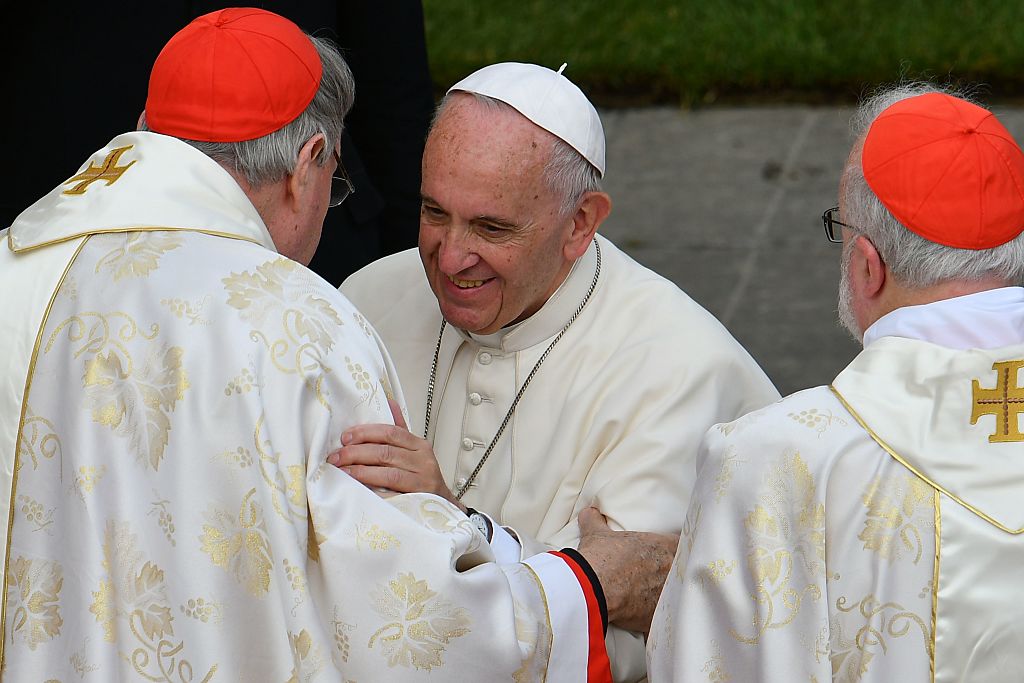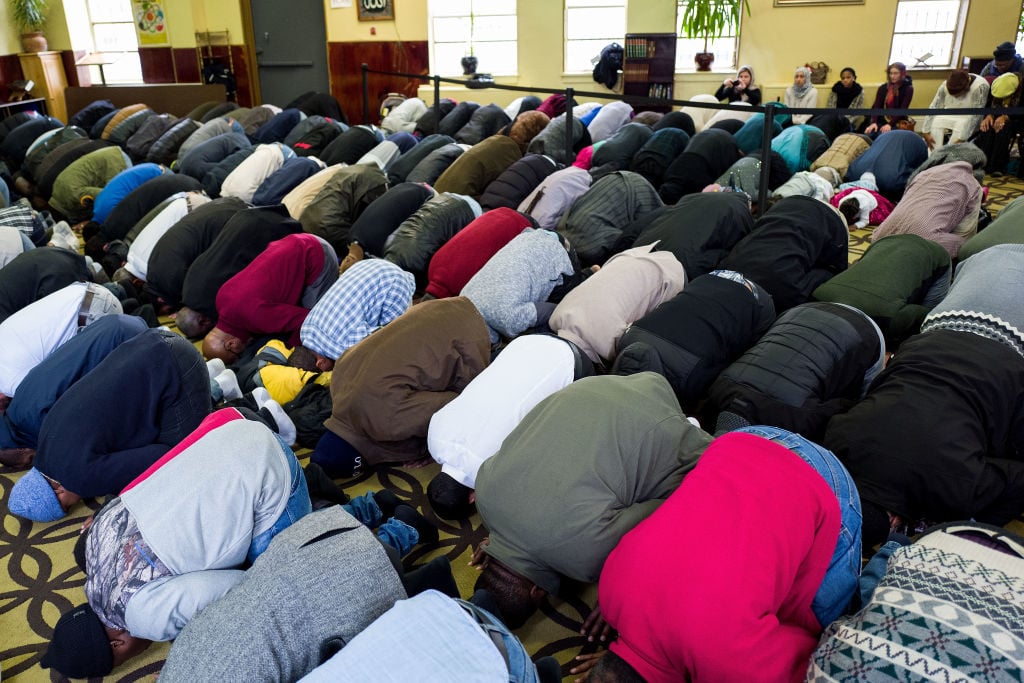Religions have formed over the years and they stand like a solid rock. If you are born into it or study it and like it, it is yours. What is the need to convert to any faith, unless the faith that you now have is not fulfilling?
Mike Ghouse
Fastest Growing Religion in the U.S. Actually Is
Researchers predict Islam will be the fastest growing religion worldwide, however the U.S. may experience a different religious surge, according to Pew Research Center. Christianity dominated the U.S. landscape for years, but is already seeing a sharp decline.
So where are former U.S. Christians worshiping? And which religions are gaining followers and who is losing? You won’t believe how the religious landscape is changing (Hint: No. 5 says it all).
1. Religion numbers are lagging in the U.S.

America is less religious than it used to be. | Billy Hathorn/Wikimedia Commons
Although the exodus are those leaving Christianity, Pew Research found slowed growth in other religions including Jewish, Muslim, Buddhist and Hindu faiths. Christianity dropped 7.8% from 2007 to 2014 and other religions only grew a slothful 1.2% in the U.S.
Next: Two branches of Christianity are seeing the largest decline.
2. Protestants and Catholics are losing the most

The Catholic church is shrinking in the U.S. | VINCENZO PINTO/AFP/Getty Images
Mainline Protestants lost 3.4% and Catholics lost 3.1% of their members from 2007 to 2014. Why the mass departures? Some Catholics cite negative treatment of the LGBTQ community and Catholic sex abuse scandals, although Pope Francis has an 87.9% rating among Americans.
Next: Christians are more ethnically diverse.
3. Christianity has become more racially diverse

Christianity is becoming more diverse. | Pixelheadphoto/iStock/Getty Images
In 1976 eight in 10 Christian Americans were white, whereas now 43% of Christians and 30% of Protestants are white, The Hill reports. More African Americans identify as Protestant, whereas nearly half of Hispanics say they are Catholic.
Next: Interfaith marriages are commonplace.
4. Mixed religion families are increasing

People from all walks of life are experiencing different religious traditions. | David Silverman/Getty Images
Interfaith marriages are rising nationwide, which allows families to celebrate a wider variety of cultures and traditions, according to Brandeis Now. Interfaith families are creating their own traditions, which may satisfy the religious background of each parent.
Next: More people are no longer affiliated with an organized religion.
5. More and more Americans are no longer part of organized religion

Religion and spirituality are no longer intertwined. | Ipopba/iStock/Getty Images
Americans who do not identify with any organized religion are the fastest growing group, according to Pew Research. This phenomenon is prevalent with a younger demographic, where the individual identifies as being more “spiritual but not religious,” The Huffington Post reports. Approximately one in six Christians left their church with most becoming unaffiliated.
Next: People under age 35 are more likely to be unaffiliated with an organized religion.
6. Young people are more likely to be unaffiliated

Fewer young people are affiliated with a church or religion. | Source: iStock
Approximately one in three Americans under age 35 identify as being unaffiliated with an organized religion, according to Time. From 2007 to 2014 those who identify as being unaffiliated grew 6.7%, with most reporting to be “nothing in particular.”
Next: Islamophobia is also on the rise in the U.S.
7. While spirituality is on the rise, so is Islamophobia

Violence against Muslims is on the rise in America. | Drew Angerer/Getty Images
Unfortunately, anti-Muslim sentiment is increasing in the U.S., The Conversation reports. Approximately 75% of Muslims express concerns about the current president’s views toward Muslims and most report a considerable amount of discrimination, Pew Research found.
Check out The Cheat Sheet on Facebook!
